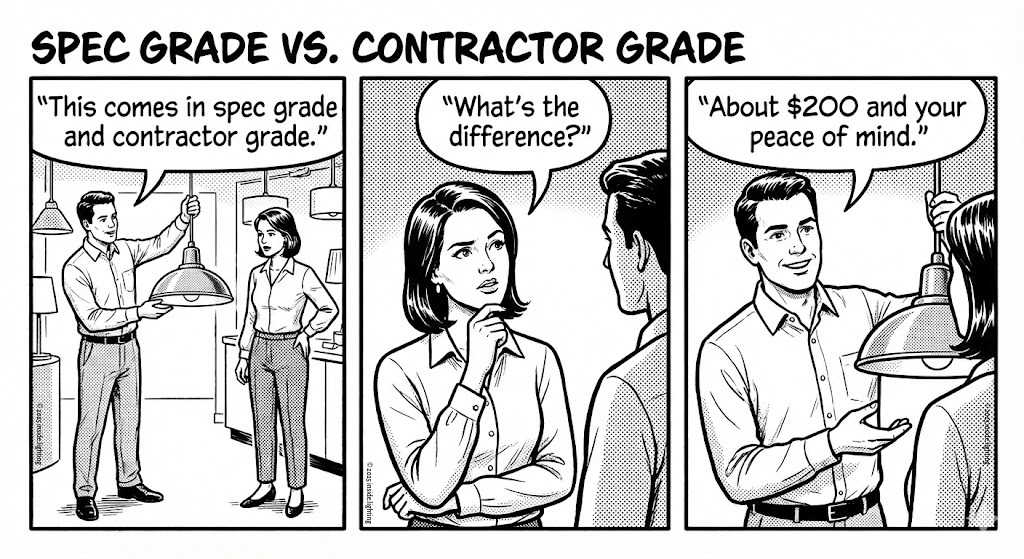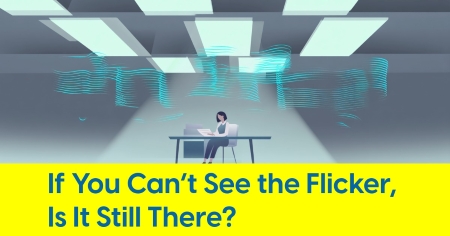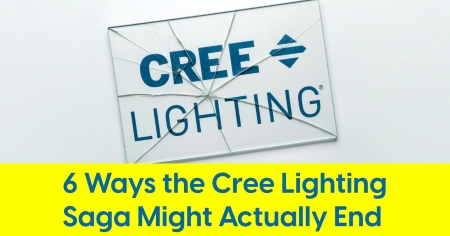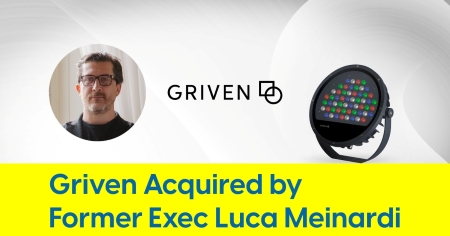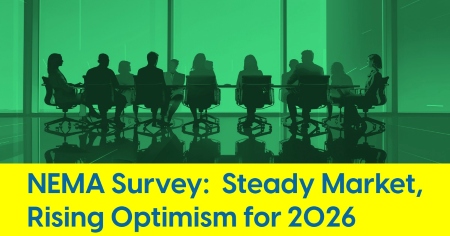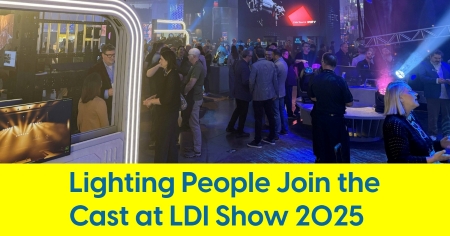October 21, 2025
We’ve Lit Our Way Into a Complex Problem
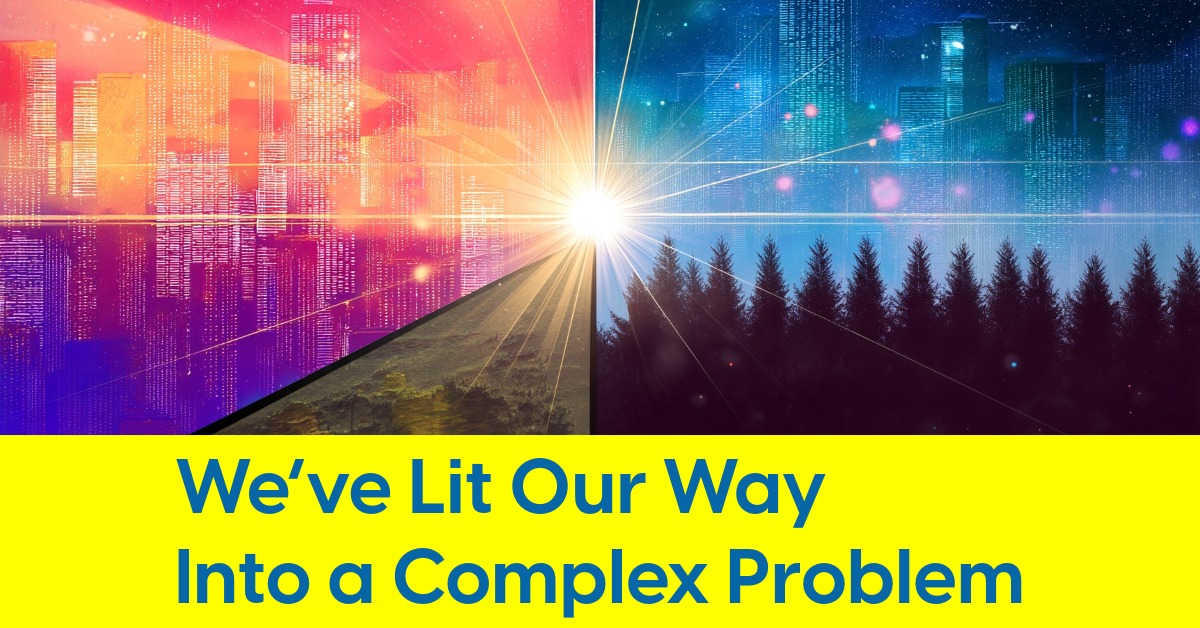
Study reveals public underestimates broader impacts of an overlit world and how this shapes flawed policies
Ask the average person about light pollution, and they'll point to the night sky — fewer stars, more city glow, nothing urgent. But dig a little deeper, as a recent study from the Hellenic Open University in Greece does, and the issue becomes far more tangled. Health, biodiversity, safety, economics, and even politics — light touches them all. And not always in ways the public understands.
In a global survey led by researchers at the university’s School of Applied Arts and Sustainable Design, 230 participants from 32 countries were asked to weigh the harms of light pollution. Roughly a third of respondents were classified as experts—lighting designers, researchers, consultants, and academics with a formal background in the field. The rest were ordinary citizens.
What emerged was a consequential divide: while professionals see light pollution as a systemic, multisector threat, the public still tends to frame it as a visual nuisance, more about stargazing than ecosystems or endocrine systems.
That gap in understanding? It’s more than academic. According to the researchers, it’s shaping policy, stalling reform, and obscuring the real cost of an overlit world.
Key Findings (and Contradictions):
- Experts see a crisis; the public sees a nuisance.
Lighting professionals rated the ecological, health, and energy impacts of light pollution consistently higher than non-experts. Where citizens see sleep disruption, experts see endocrine disruption. Where most people vaguely connect light to waste, experts trace the wattage straight to climate change and grid strain. - Health concerns go underestimated—and miscategorized.
Only 17% of the public cited circadian disruption as a major health risk, despite overwhelming scientific consensus. Instead, non-experts pointed to psychological disorders and vague notions of eye strain. Experts, meanwhile, honed in on melatonin suppression, blue light toxicity, and long-term cardiovascular effects. The mismatch is not just semantic—it’s diagnostic. - Biodiversity is the canary.
Both groups recognized the ecological toll, but experts had the receipts. Wildlife disorientation, predation imbalances, altered plant cycles. Non-experts largely skipped flora altogether—a telling omission. In reality, light pollution disrupts more than just nesting birds and nocturnal animals; it erodes entire food chains. - LEDs: a well-meaning source, often misapplied.
Once heralded as a sustainable fix, LEDs have backfired in some applications. Their energy efficiency encouraged overuse. Worse, their high blue content amplifies skyglow and biological interference. Experts are sounding the alarm, but most cities are still locked into early-generation LED retrofits with little oversight or adaptive controls. - Politics trails far behind science.
Among all nine sectors studied, “Politics” scored the lowest in concern from both groups—despite being the one domain capable of driving meaningful change. That’s a problem. Regulatory inertia and fragmented jurisdiction have left municipalities to adopt lighting strategies based more on mimicry (policy diffusion) than tailored assessment. Slovenia and Tucson are rare exceptions, not the rule. - Safety is complicated. And misunderstood.
The public still buys into the concept that more light equals more safety. Experts disagree. Over-illumination can obscure visibility, increase glare, and degrade night vision—ironically making streets more dangerous in certain use cases. Better lighting, they argue, means smarter lighting, not simply brighter. - The rebound effect is real. And costly.
The more efficient lighting gets, the more we use it. Known as the “rebound effect,” this phenomenon explains why energy use doesn’t drop despite LED rollouts. It also underscores the core argument: without cultural and behavioral shifts, technical upgrades won’t save us.
The Takeaway:
We’ve lit our way into a complex problem — one that spans far beyond the stars. The researchers conclude that the fix won’t come from new fixtures alone. It will require coordinated policy, deeper public education, and a rethinking of what nighttime illumination is actually for. Because as this study makes painfully clear: light pollution isn’t just about seeing less. It’s about knowing less, and doing less, when the consequences are hiding in plain sight.
